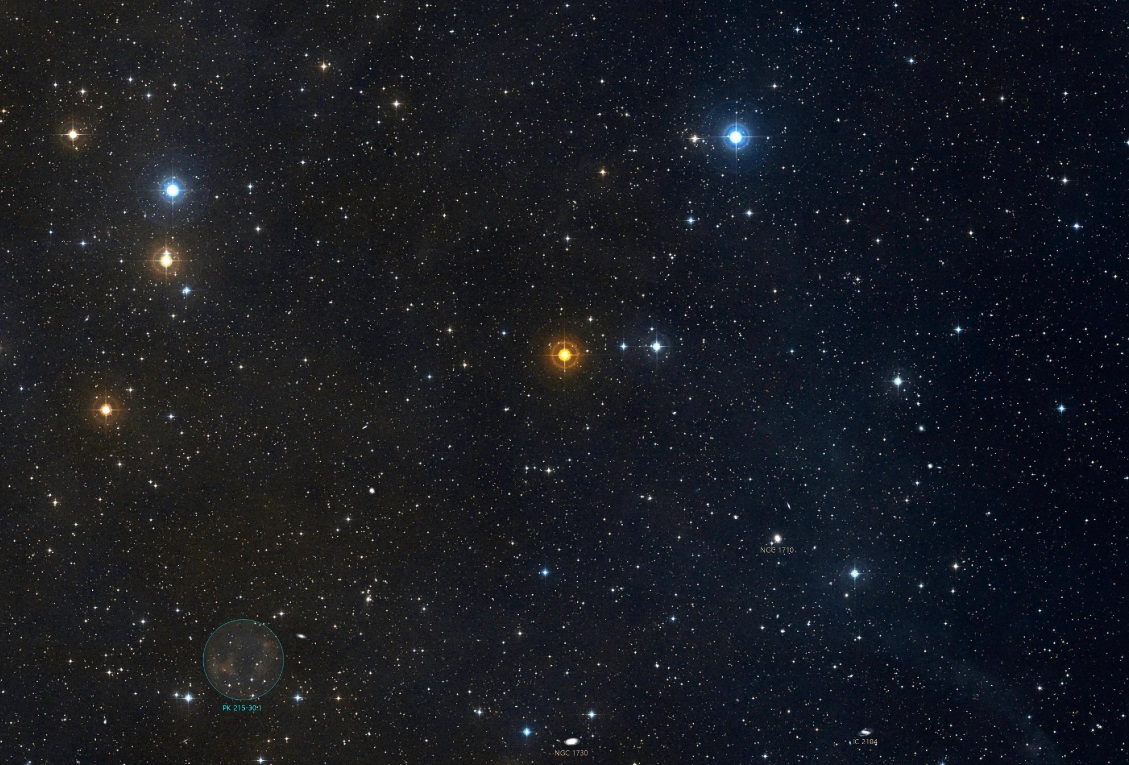R Leporus – Hind’s Crimson Star, located in the constellation Lepus – the Hare. One of the most red Carbon Stars in the sky. As in all Carbon Stars, R Lep is a variable star. In this particular case, a pulsating variable, ranging from magnitude 5.50~11.70. To visually appreciate the striking color of R Lep requires aperture generally 10″ or more , as small telescopes will show an underwhelming orange hue. Image source from HIPS 2 FITS Sky Survey. Click on the image for a larger version.
A collection of Carbon Stars – Carbon Stars are stars that are visibly extremely red in color. Their outer shell of carbon is very efficient at absorbing other colors and allowing the red spectrum to pass through. These stars are usually giant variable stars that would dwarf almost any other star in the sky. They really jump out at you and are a blast to hunt down. You will know it when you get one, the red color is very striking indeed! Some Carbon Stars exhibit a strange color change in relation to aperture. Some are redder in smaller apertures, some are redder in large apertures. Then some don’t change perceptively at all no matter what size aperture!
- Andromeda
- Antlia
- Aquila
- Auriga
- Cancer
- Canes Venatici
- Cassiopeia
- Cepheus
- Corona Borealis
- Cygnus
- Draco
- Gemini
- Hydra
- Lepus
- Lyra
- Monoceros
- Orion
- Pisces
- Scutum
- Ursa Major
- Carbon Star List
Carbon Stars
|
ANDROMEDA (An-DROM-eh-da) The Princess. Genitive: Andromedae (An-DROM-eh-dee). |
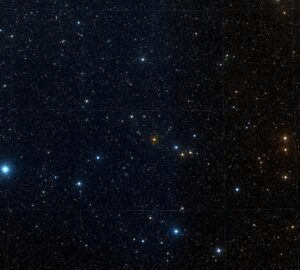 |
VX Andromedae, HIP 1593, PPM 42824, HD 1546
Magnitude: 7.52
RA: 00h 20m 09.554s/Dec: +44°44'06.148"(current)
RA: 00h 19m 54.008s/Dec: +44°42'33.854"(2000)
Spectral: C8
**** Observation Log ****
A wonderful deep red C* embedded in a dipper asterism. Great viewing for fall C*'s. |
|
ANTLIA (ANT-lee-ah) The Air Pump. Genitive: Antliae (ANT-lee-e). Abbreviation: Ant |
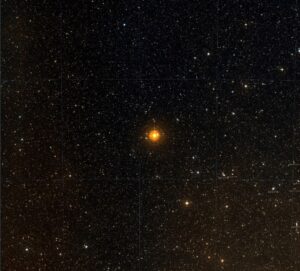 |
U Antilae, SAO 201533, GSC 7714:1297, HIP 51821, PPM 287864, HD 91793, P-38 4227
Spectral: C
**** Data from Hipparcos Catalog ****
Proper motion (mas/yr): RA = -32.17, Dec = 3.29
Magnitudes Bt: 9.723, Vt: 5.853
Parallax: 3.900 mas, 256.4103 pc
Distance: 836.30 light-years, 52888505.55 astronomical units
Magnitude: 5.50
RA: 10h 35m 24.460s/Dec: -39°34'54.604"
RA: 10h 35m 12.851s/Dec: -39°33'45.319" (Epoch 2000)
**** Observation Log ****
|
|
AQUILA (AK-will-ah) The Eagle. Genitive: Aquilae (AK-will-ee). Abbreviation: Aql |
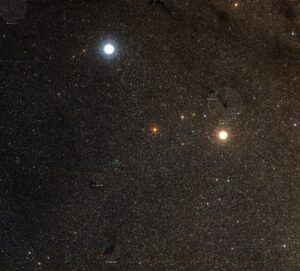 |
V Aquilae, SAO 142985, GSC 5140:3199, HIP 93666, PPM 202495, HD 177336, B-05 4858
Spectral: C5II
**** Data from Hipparcos Catalog ****
Proper motion (mas/yr): RA = 6.15, Dec = 0.07
Magnitudes Bt: 11.772, Vt: 7.196
Parallax: 2.700 mas, 370.3704 pc
Distance: 1207.99 light-years, 76394508.53 astronomical units
Magnitude: 6.48
RA: 19h 04m 36.016s /Dec: -05°40'47.915"
RA: 19h 04m 24.155s /Dec: -05°41'05.434" (Epoch 2000)
**** Observation Log ****
This is a wonder C* that is well placed in a packed star field. The close stars provide a wonderful contrast to this poppy red gem. This C* is very similar to it's western neighbor of S Scuti. |
|
AURIGA (aw-REE-ga) The Charioteer. Genitive: Aurigae (aw-RYE-je). Abbreviation: Aur |
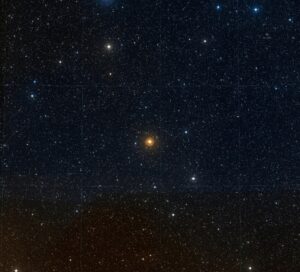 |
UU Aurigae, SAO 59280, GSC 2928:1995, HIP 31579, PPM 71846, HD 46687, B+38 1539
Spectral: C5II
Magnitude: 5.40
RA: 06h 36m 32.836s Dec: +38°26'43.800" (Epoch 2000)
**** Observation Log ****
Wow! This is one of the most red star I have viewed. Much more red than Mu Cephei. This ruby star is a must! |
